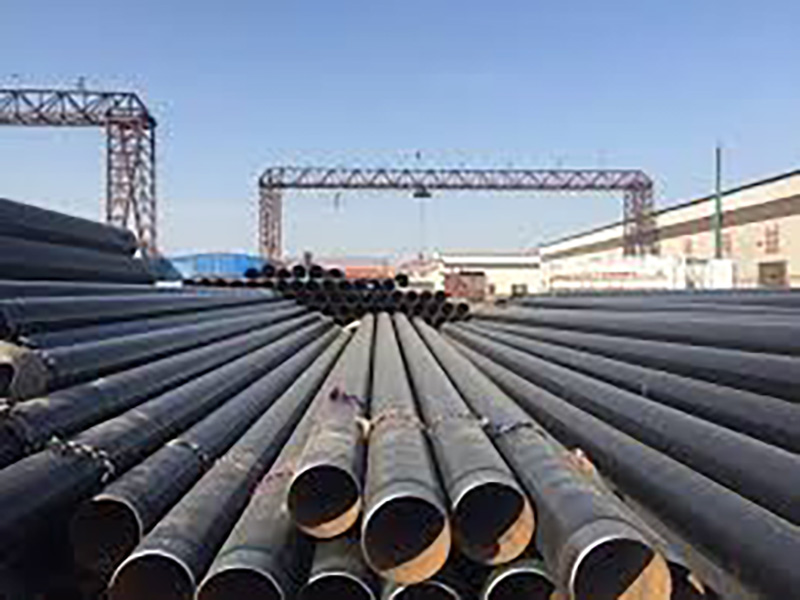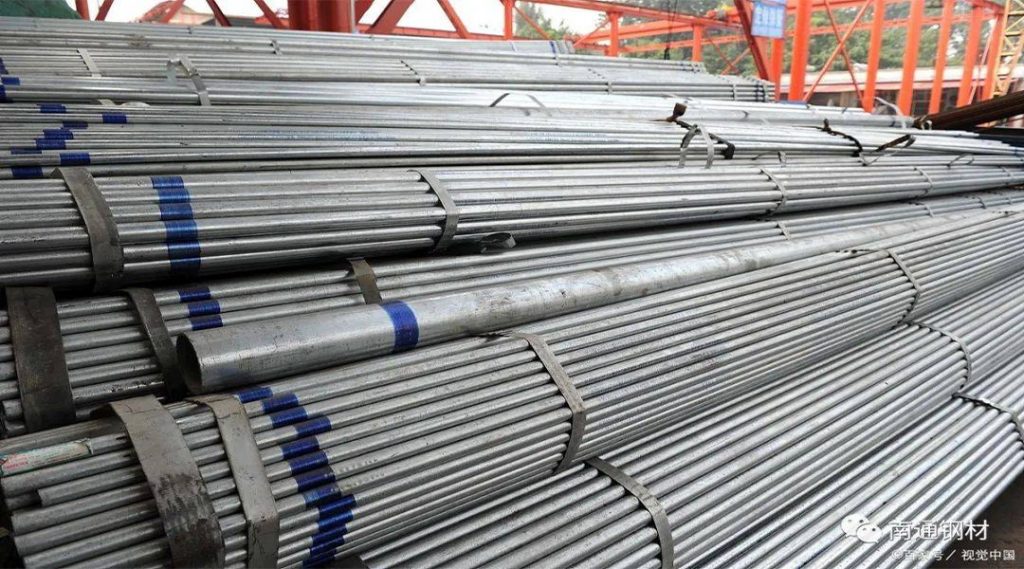

Surface roughness: refers to the small spacing and small peak-valley unevenness of the machined surface. The distance between the two peaks or troughs (wave distance) is so small (less than 1mm) that it is indistinguishable to the naked eye, so it is a microscopic geometric error. The smaller the surface roughness, the smoother the surface. The size of surface roughness has a great influence on the performance of mechanical parts, mainly in the following aspects:


In 1936, Schmaltz’s monograph on Surface finish was published, and suggestions were put forward for the standardization of evaluation parameters and values of Surface finish. However, the use of roughness evaluation parameters and their values really became a widely accepted standard after the release of the corresponding national standards in the 1940s.Surface roughness grades
First of all, ASA B46.1 national standard was published in The United States in 1940. After several revisions, it became the current standard ANSI/ASME B46.1-1988 “Surface finish, Surface Corrugation and Processing Texture of Surface Structure”, which adopted the center line system and took Ra as the main parameter. Then the former Soviet Union issued the national standard GOCT2789-1945 “Surface Finish, Surface Microscopic Geometry, Classification and Representation” in 1945. After three revisions, it became GOCT2789-1973 “Surface Roughness Parameters and Characteristics”, which also adopted the middle line system. Six evaluation parameters including root mean square deviation (Rq) of contour and their corresponding parameter values are specified. In addition, most of the standards of other industrial developed countries were formulated in the 1950s, such as federal Germany in February 1952 issued DIN4760 and DIN4762 on the Surface finish of the evaluation parameters and terms of the standard.

The characteristics of spiral steel pipe: straight seam welded pipe production process is simple, high production efficiency, low cost, faster development. The strength of spiral welded pipe is generally higher than that of straight welded pipe, can use a narrower billet to produce a larger diameter of welded pipe, but also the same width of the billet to produce a different diameter of welded pipe. However, compared with the same length of straight seam pipe, the length of the welded seam increases by 30 to 100%, and the production speed is lower. Therefore, most of the smaller diameter welded pipes are straight seam welded, and most of the large diameter welded pipes are spiral welded. Spiral pipe and its standard classification: spiral submerged arc welded steel pipe for the transmission of fluids under pressure (SY5036-83) is mainly used for the transmission of oil and natural gas pipelines; spiral high-frequency welded steel pipe for the transmission of fluids under pressure (SY5038-83), spiral high-frequency welded steel pipe with high-frequency lap welding method, for the transmission of fluids under pressure. Spiral submerged arc welded steel pipe (SY5037-83), made by double-sided automatic submerged arc welding or single-sided welding method for water, gas, air and steam and other general low-pressure fluid transmission with submerged arc welded steel pipe. Now the common standard of spiral steel pipe is generally divided into: SY/T5037-2000 (Ministry standard, also known as ordinary fluid transmission pipeline with spiral submerged arc welded steel pipe), GB/T9711.1-1997 (national standard, also known as the first part of the technical conditions for the delivery of steel pipe for oil and gas industry: Class A steel pipe (to the current strict requirements of GB/T9711.2 Class B steel pipe), API -5L (American Petroleum Institute, also known as pipeline steel pipe; which is divided into PSL1 and PSL2 two levels), SY/T5040-92 (spiral submerged arc welded steel pipe for piles)

For Further Details,Please Feel Free To Contact Us: